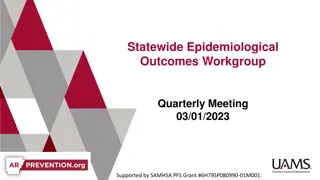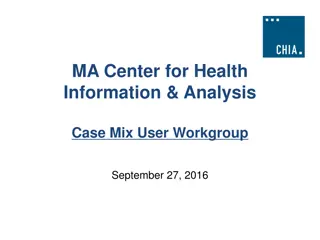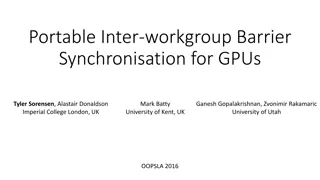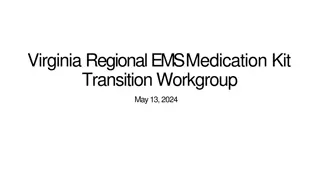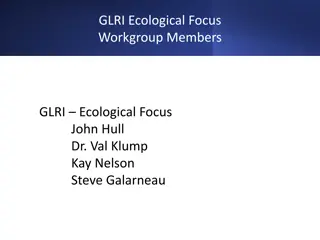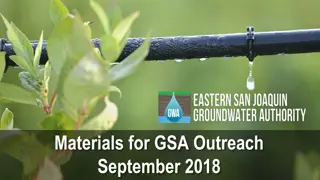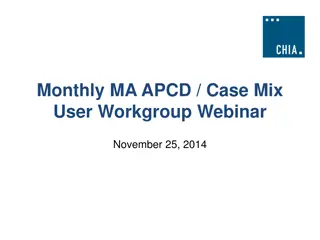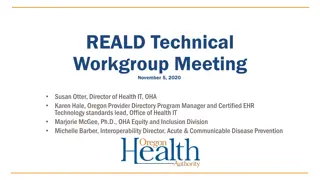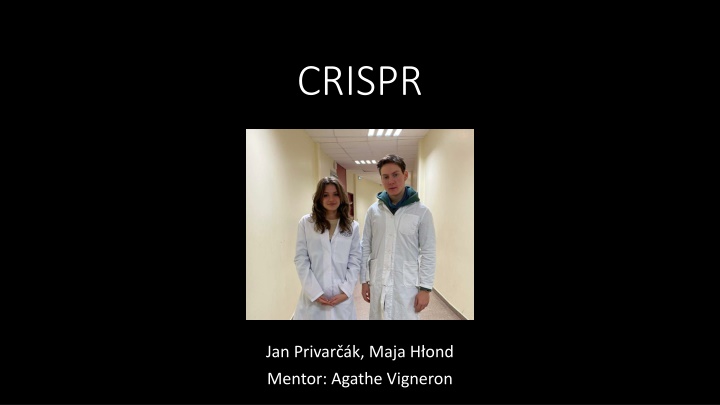
CRISPR Methodology for Plasmid Manipulation
Explore the steps involved in utilizing CRISPR technology for linearizing and cleaving a plasmid, including restriction digestion, gRNA synthesis, and Cas9 nuclease cleavage. Discover the process through detailed images and analysis of base pair deviations.
Download Presentation

Please find below an Image/Link to download the presentation.
The content on the website is provided AS IS for your information and personal use only. It may not be sold, licensed, or shared on other websites without obtaining consent from the author. If you encounter any issues during the download, it is possible that the publisher has removed the file from their server.
You are allowed to download the files provided on this website for personal or commercial use, subject to the condition that they are used lawfully. All files are the property of their respective owners.
The content on the website is provided AS IS for your information and personal use only. It may not be sold, licensed, or shared on other websites without obtaining consent from the author.
E N D
Presentation Transcript
CRISPR Jan Privar k, Maja H ond Mentor: Agathe Vigneron
Restriction Digestion to linerize Plasmid pBR322 At the first place we needed to linearize plasmid using an enzyme so we could cut it with CRISPR methode In the picture can be seen the uncut plasmid sample as the control and the linearized plasmid (Linearized plasmids move slower in the gel than the supercoiled plasmids, which are more compact so in turn they move faster.) Linearized plasmid Supercoiled plasmid
gRNA-Synthesis The second step has been synthetising gRNA, which is needed for the reaction and which binds the Cas9 molecule at the chosen place to the plasmid For synthesis of gRNA has been used DNA Duplex, which was artifitialy made for our experiment. The gRNA has been succesfully transcribed, which is proofed by elektroforesis in the picture
Cleavage of linearized Plasmid pBR322 by Nuclease Cas9 The last step is to use CRISPR scissors and cleave the linearized plasmid. We make 3 samples of which one is pure plasmid, the second one is plasmid with Cas9, and the last one is plasmid + Cas9 + gRNA Again it is time for the elektroforesis now we find out, whether the plasmid has been cleaved and where
Conclusion The correct number of our two fagment s base pairs shoud be 3098 and 1263 The whole plasmid has 4361 base pairs Our deviation percentage is 7,8% which is not so good, because we had some problems and we have made our last elektroforesis in the homemade gel calibration line 4 3.5 3 2.5 y = -0,4693x + 5,2137 2 1.5 1 0.5 0 0 1 2 3 4 5 6






